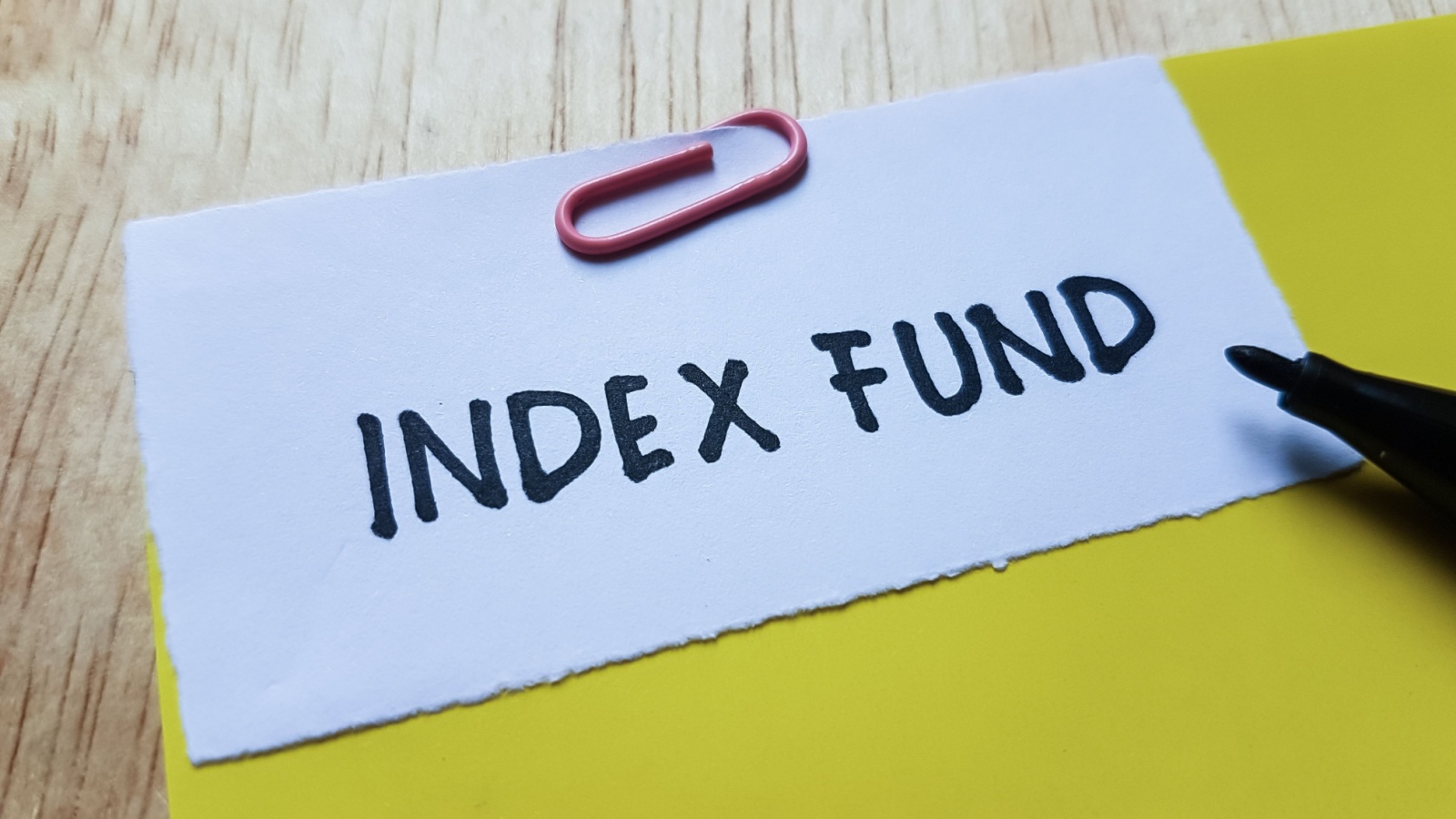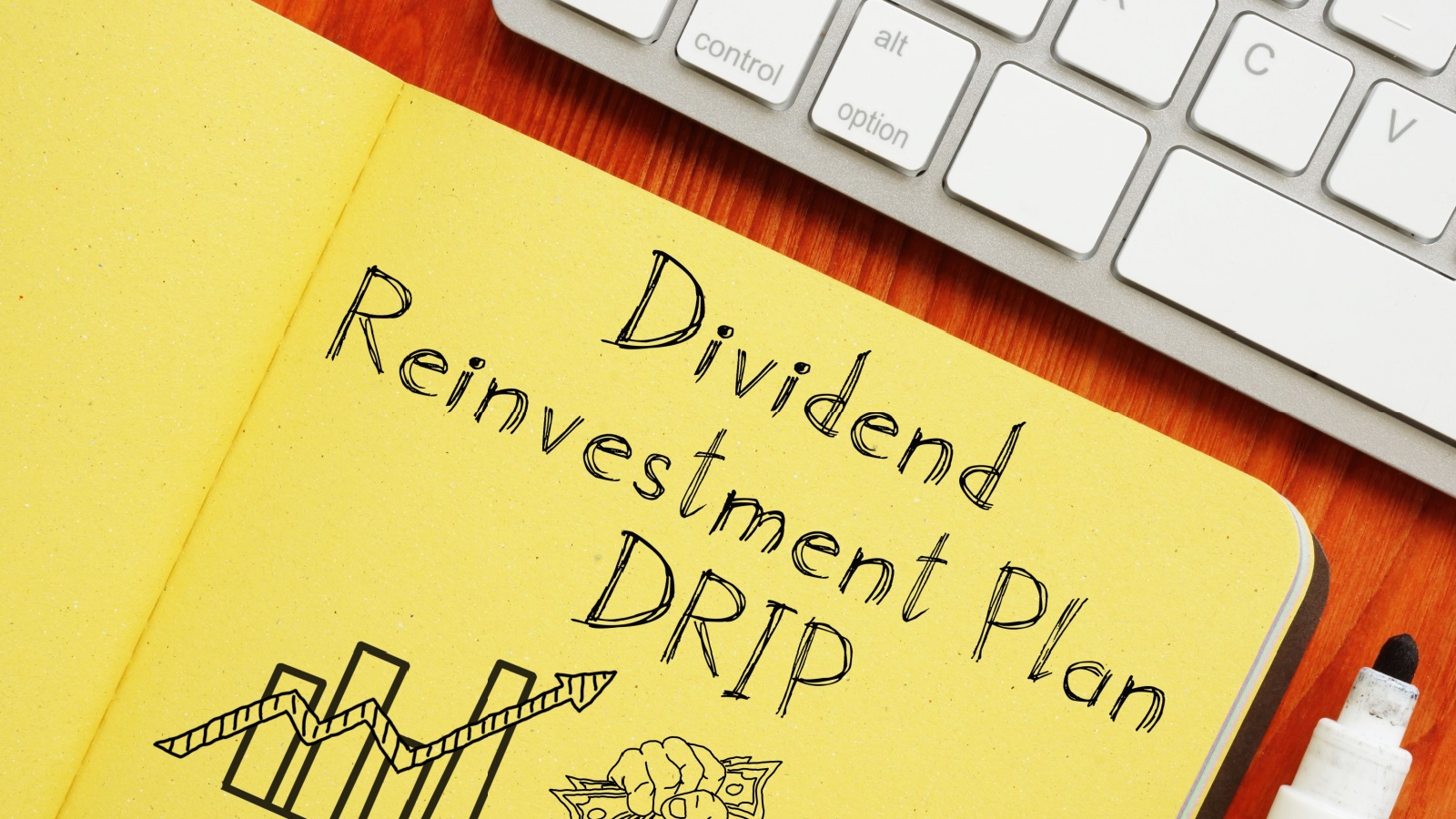For many Canadians, building wealth isn’t about sudden windfalls, but about consistent, disciplined habits that compound over time. From smart investing to mindful spending, these strategies can turn modest incomes into long-term financial security. Here are 23 Canadian money habits that build lasting wealth:
Paying Yourself First

One of the most effective wealth-building habits is automatically setting aside a portion of each paycheck before spending anything else. Many Canadians direct 10% to 20% of their income into savings or investment accounts, treating it like a non-negotiable expense. This method removes the temptation to spend first and save later, ensuring consistent growth over time. Automated transfers make the process effortless, while compound interest magnifies results. By prioritizing your own future, you create a financial cushion that grows quietly in the background, turning regular paydays into a steady path toward lasting wealth.
Maxing Out TFSA Contributions

The Tax-Free Savings Account (TFSA) remains one of Canada’s most powerful wealth-building tools. Savvy savers aim to max out annual contribution limits, knowing that investment gains inside the account are tax-free, even when withdrawn. Whether holding stocks, ETFs, or high-interest savings, the TFSA allows your money to grow without the drag of taxes, and over decades, this can mean tens of thousands in extra wealth. Canadians who treat the TFSA as a long-term investment vehicle, rather than a short-term cash reserve, harness its full potential and enjoy unmatched flexibility when they need to access funds.
Contributing to RRSPs Early

Registered Retirement Savings Plans (RRSPs) offer two major benefits, which are tax deductions today and tax-deferred growth for tomorrow. Canadians who contribute early in their careers benefit from decades of compounding, and the annual tax refunds can be reinvested to accelerate growth. High earners often use RRSPs strategically to reduce taxable income in peak earning years, then withdraw funds in retirement when rates may be lower. By making regular contributions instead of waiting for lump sums, you smooth out market volatility and steadily build a retirement nest egg that keeps working long after you’ve stopped.
Avoiding Lifestyle Creep

When income rises, it’s tempting to upgrade cars, homes, and vacations, but Canadians who avoid lifestyle creep see their savings soar. Instead of inflating expenses to match earnings, they keep their cost of living relatively stable and channel the extra cash into investments or debt repayment. This habit creates a widening gap between income and spending, which accelerates wealth accumulation, and it also provides flexibility during unexpected downturns. By resisting the urge to keep up, you protect your financial future while still enjoying life on your own terms, not society’s.
Tracking Every Dollar

Wealth-conscious Canadians know exactly where their money goes each month. They use budgeting apps, spreadsheets, or even old-school notebooks to track expenses, identify waste, and adjust spending habits. This level of awareness helps spot small leaks, like unused subscriptions or frequent impulse buys, that can add up to hundreds per year. More importantly, it aligns daily choices with long-term financial goals. Tracking isn’t about restriction but about clarity, and when you can see the numbers in black and white, you gain control over your money.
Diversifying Investments

Putting all your eggs in one basket is a recipe for risk, so financially savvy Canadians diversify across asset classes, like stocks, bonds, real estate, and alternative investments. This approach smooths out returns, reducing the impact of market volatility. Diversification also extends to industries and regions, ensuring that one struggling sector doesn’t derail the whole portfolio, and regularly rebalancing keeps risk levels aligned with personal goals. By not betting everything on one investment, Canadians create a safety net that supports steady growth over the long term, regardless of short-term market swings.
Living Below Their Means

A core wealth-building principle is spending less than you earn consistently. Canadians who master this habit free up funds for investing, emergency savings, and debt elimination. This doesn’t mean living miserably, but making intentional choices about what matters most. Often, it’s the small daily decisions, like cooking at home instead of dining out, that create the biggest impact. Over the years, the gap between earnings and expenses compounds into financial freedom, as living below your means remains about creating space for the life you truly want, both now and in the future.
Automating Investments

Setting up automatic contributions to investment accounts removes emotion and procrastination from the equation. Many Canadians use pre-authorized withdrawals to purchase index funds, ETFs, or stocks on a set schedule, regardless of market conditions. This dollar-cost averaging strategy helps smooth out price fluctuations and ensures consistent growth over time. Automation also eliminates the mental burden of deciding when to invest, turning wealth-building into a background process. The result is a steadily growing portfolio that benefits from time in the market, not attempts at timing it.
Keeping a Fully Funded Emergency Fund

Unexpected expenses are inevitable, but they don’t have to derail long-term goals. Canadians who maintain three to six months of living expenses in a high-interest savings account can handle job loss, medical costs, or urgent repairs without resorting to debt. This safety net not only provides peace of mind but also protects investments from being sold at the wrong time. An emergency fund is the financial buffer that allows other wealth-building habits to continue uninterrupted, even when life throws a curveball.
Paying Off High-Interest Debt Quickly

Debt with high interest rates, like credit cards, can quietly erode wealth faster than most investments can grow it. Canadians who are focused on building wealth prioritize paying off these balances as quickly as possible, often using the avalanche or snowball method. Eliminating high-interest debt frees up cash flow for saving and investing, and the psychological boost of becoming debt-free can fuel further financial discipline, as every dollar not spent on interest is a dollar that can be put toward future growth.
Regularly Reviewing Finances

Wealth builders treat their finances like a business, reviewing budgets, investment performance, and goals at least quarterly. This habit ensures they stay aligned with changing market conditions, personal milestones, or tax laws. Canadians who take this proactive approach can make small course corrections before issues grow into major problems. Reviewing also helps identify new opportunities, like refinancing a mortgage or adjusting asset allocation, as consistent check-ins keep your financial strategy relevant and effective over the long haul.
Taking Advantage of Employer Matching

Many Canadian employers offer matching contributions to retirement plans, such as group RRSPs, and failing to take full advantage is essentially leaving free money on the table. By contributing at least enough to get the maximum match, employees instantly boost their savings rate without extra strain. This benefit also compounds over decades, significantly enhancing retirement funds, and for wealth-focused Canadians, employer matching is a cornerstone of their long-term strategy.
Investing in Low-Cost Index Funds

Keeping investment costs low is a subtle but powerful wealth-building habit. Low-cost index funds and ETFs often outperform pricier actively managed funds over the long term, thanks to lower fees eating less into returns. Canadians who focus on these cost-efficient vehicles let compounding work more effectively, and when paired with regular contributions, this strategy builds a resilient, diversified portfolio with minimal effort. Over decades, the fee savings alone can add up to tens of thousands of extra dollars.
Maintaining Good Credit

A strong credit score unlocks better interest rates on mortgages, car loans, and lines of credit, saving Canadians thousands over a lifetime. Wealth-minded individuals pay bills on time, keep credit utilization low, and monitor their reports for errors. This habit not only reduces borrowing costs but also provides flexibility when opportunities arise, like investing in property. Good credit is an often-overlooked asset that quietly supports long-term wealth building.
Reinvesting Dividends

Instead of cashing out dividend payments, many Canadians choose to reinvest them into additional shares. This creates a compounding effect, where returns generate more returns over time. Dividend reinvestment plans (DRIPs) automate the process and often allow for fractional share purchases without fees. Over decades, this snowball effect can turn modest initial investments into substantial portfolios, especially when combined with regular contributions, creating a simple, low-effort way to accelerate wealth growth.
Avoiding Impulse Purchases

Wealth-conscious Canadians practice a cooling-off period before making non-essential purchases. Whether it’s 24 hours or a full week, this pause reduces the likelihood of regrettable spending. By focusing on needs over wants, they redirect funds toward savings and investments. This habit also encourages mindfulness, making each purchase more intentional. Over time, avoiding small, unnecessary expenses can free up thousands for wealth-building goals without significantly affecting lifestyle satisfaction.
Negotiating Big Expenses

From mortgages to insurance premiums, Canadians who negotiate save significant amounts over time. Shopping around for better rates, asking for discounts, or leveraging competing offers can trim thousands from major bills. Even small reductions, like lowering annual fees or securing promotional rates, compound into serious savings. This proactive approach ensures that money stays in your pocket, where it can be put to work building wealth instead of padding someone else’s bottom line.
Continuing Financial Education

Wealth-building Canadians never stop learning about money. They read books, attend seminars, listen to podcasts, and stay updated on tax changes and market trends. This ongoing education allows them to make informed decisions, adapt strategies, and avoid costly mistakes. The more they understand about finance, the more confidently they can navigate investments, debt, and spending, and knowledge, in this case, directly translates to long-term wealth.
Buying Quality Over Quantity

Rather than chasing the cheapest option, many Canadians prioritize durable, well-made items that stand the test of time. This might mean paying more upfront for quality appliances, furniture, or clothing that won’t need frequent replacement. Over the years, this approach saves significant money, reduces waste, and avoids the frustration of dealing with inferior products. For example, investing in a high-efficiency washer may cost more initially but can last longer and cut utility bills.
Planning Major Purchases in Advance

Wealth-focused Canadians know that impulse buys often lead to regret, especially with big-ticket items. Instead, they map out significant purchases months or even years in advance, giving themselves time to research, compare prices, and set aside funds. This reduces or eliminates the need for costly financing and allows them to buy during sales or seasonal discounts. Planning also creates room to consider whether the purchase truly adds value to their lives.
Leveraging Tax Credits and Deductions

Canada’s tax system offers numerous credits and deductions that can translate into real savings, if you know where to look. From the GST/HST credit and RRSP deductions to tuition, medical, and home office expenses, these benefits can reduce taxable income and free up cash for investing or debt repayment. Savvy Canadians keep receipts, track eligible expenses, and often consult professionals to ensure nothing is missed. Every dollar saved through smart tax planning is a dollar that can compound over time.
Avoiding “Get Rich Quick” Schemes

Wealth-minded Canadians know that legitimate financial growth is steady, not sudden. They resist the lure of once-in-a-lifetime opportunities that promise outsized returns with minimal effort, whether that’s risky penny stocks, questionable crypto coins, or multi-level marketing programs. Instead, they focus on proven, sustainable investment strategies that align with their risk tolerance. This patience not only shields them from devastating losses but also fosters discipline and confidence.
Setting Clear Financial Goals

Canadians who successfully build lasting wealth don’t leave it to chance, but they set precise, measurable goals and create roadmaps to reach them. Whether the aim is early retirement, buying a second home, or fully funding a child’s education, these goals are broken into smaller, actionable steps. Progress is reviewed regularly to stay on course and adjust when needed. Clear objectives turn vague intentions into concrete actions, ensuring that daily financial choices align with long-term visions.
21 Products Canadians Should Stockpile Before Tariffs Hit

If trade tensions escalate between Canada and the U.S., everyday essentials can suddenly disappear or skyrocket in price. Products like pantry basics and tech must-haves that depend on are deeply tied to cross-border supply chains and are likely to face various kinds of disruptions
21 Products Canadians Should Stockpile Before Tariffs Hit
